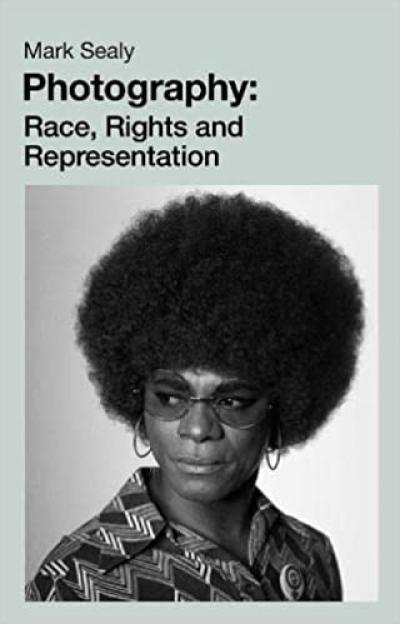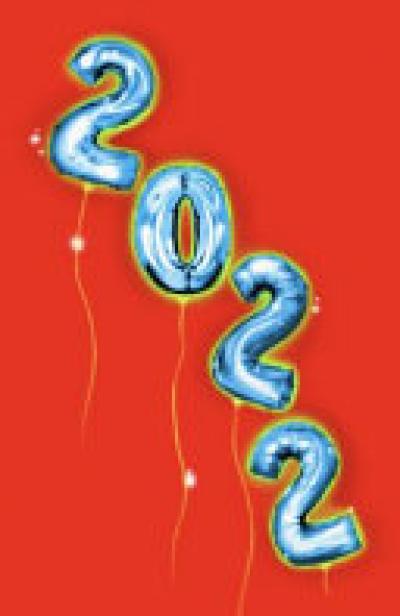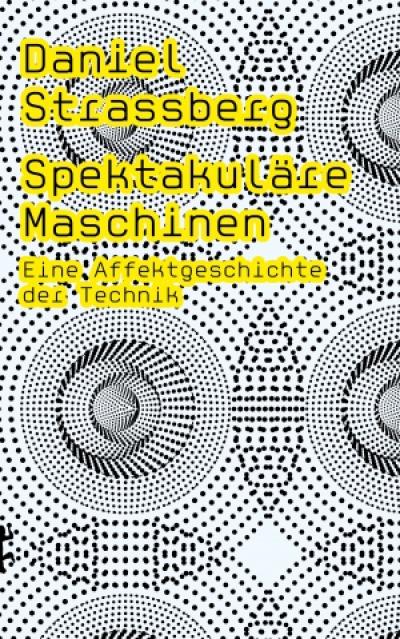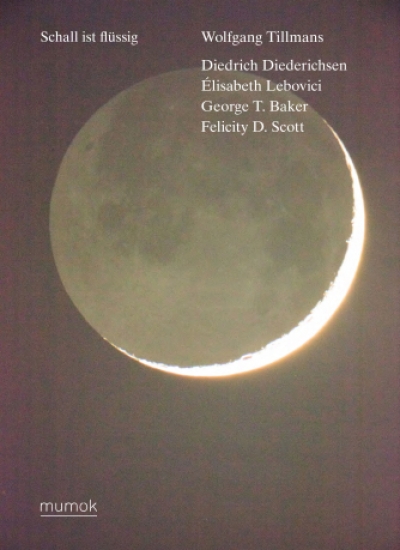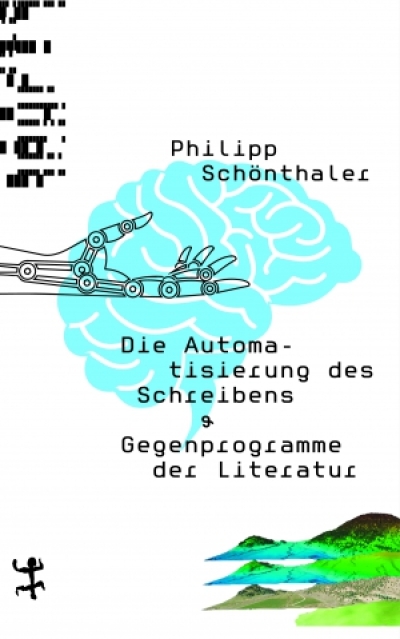
Archaeologies of the Future. The Desire Called Utopia and Other Science Fictions
Many Strange Horizons readers may be familiar with Fredric Jameson, if only from an undergraduate course that touched on political, cultural, or literary theory. Those who are not aware of this scholar can now investigate an ideal entry point into his work. The publication of Jameson's Archaeologies of the Future: The Desire Called Utopia and Other Science Fictions is a major event in speculative fiction studies. Jameson, a professor at Duke University and the leading Marxist critic in the U.S., shines in this volume as not only an important thinker about the intersection between literature and politics, but also as a critic possessing a deep knowledge of the science fiction genre.
The book opens with a discussion of the seminal texts on Utopianism. Here, the author looks at works ranging from Thomas More's inaugural 1517 text, Utopia, to Marx and Engel's analysis of the socialist Utopia in The Communist Manifesto. With these as starting points, Jameson launches into a far-reaching study of the Utopia in its many forms in science fiction. What quickly begins to emerge is a vast inventory of science fiction texts that imagine both Utopia and Dystopia.
But Archaeologies of the Future is so much more than that. Indeed, much of Archaeologies of the Future is devoted to answering a question that Jameson poses early in the book: "What difficulties must be overcome in imagining or representing Utopia?" This is very much a question of both political theory and imagination. Jameson artfully and expertly weaves together notions of political ideology and the richly imagined worlds of science fiction authors. Few authors could so deftly and in the same breath discuss Robert Heinlein and Zlajov Zizek, or Jacques Derrida and Stanislaw Lem. In doing so, Jameson makes new connections and offers new interpretations of science fiction texts.
As a long-time fan of Ursula K. Le Guin, I was particularly interested in Jameson's discussion of her works. While Jameson considers some novels, such as Always Coming Home, as Utopian, others are considered anti-Utopian due to what he refers to as her "mystical Taoism." For example, George Orr's dreams that affect reality in Lathe of Heaven at first appear to be the embodiment of Utopian wish fulfillment. However, Jameson interprets the disastrous results of George's dreaming as profoundly Taoist. That is, he argues that the novel expresses a strong warning against the deep danger of revolutionary acts that disturb the natural order of things. Jameson's analysis underscores how this and other works by Le Guin depict the pitfalls of the radical re-imagining of society often necessary to realize the Utopia.
Those readers with an aversion to literary theory will still find merit in this book. Those interested in politics will find Archaeologies of the Future very much immersed in issues of history and contemporary culture. Those purely interested in the genre will find an exhaustive look at the emerging science fiction canon including Philip K. Dick, Octavia Butler, Michael Swanwick, John Brunner, H.G. Wells, Ursula K. Le Guin, Samuel R. Delany, and Kim Stanley Robinson. Lovers of science fiction will appreciate not just the thoughtful discussion here, but also the depth of knowledge that Jameson analysis demonstrates. Not only has he studied the genre, he appreciates it.
Some readers may ask why there is no discussion of the fantasy genre here. Jameson addresses this (though rather obliquely) in his chapter "The Great Schism." The essay contains a thoughtful look at the primary points of difference between science fiction and fantasy. For Jameson, the presence of a strong good/evil binary and of magic undermines the ability for fantasy narratives to meaningfully contribute to his analysis of Utopia. The statement is clearly not intended to vilify the fantasy genre, though it may reflect a limited awareness of its expansiveness.
For Jameson, Utopia is profoundly a political concept, and it's a concept central to our imagining of what the future may look like. His analysis starts with science fiction. And here, in this volume, it feels like the right place to start.










